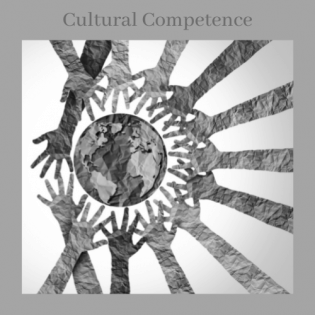Using Your Voice
Expanding on the lesson about critical conversations, participants explore ways to use their voices for good. The book Say Something by Peter Reynolds encourages readers to find their own way to express their voice - through speaking, poetry, song, and other ways.
The learner will be able to articulate the value in using one’s voice and identify a topic or cause to speak up about.
Identify and talk to trusted adults in your family or community who may support your voice.
What makes it difficult to use your voice? What are the potential rewards of using your voice?
- Reynolds, Peter. Say Something.
- Literature Guide for Say Something
Instructions
Anticipatory Set:
Ask the group to describe a time they wanted to speak up and didn’t know how, felt afraid, or felt unsure of how people would react.
Read aloud the book Say Something, which is good for all ages, including adults. Use the literature guide to facilitate discussion about the different ways and reasons to use our voices.
The book illustrations show speech balloons and protest signs with words in them. On paper, each person can draw a big speech balloon or protest sign and fill it with what they want to say with words or a symbol. Give them time to share their drawings/words with the whole group and explain why they chose that thought.
Talk with the group about what makes it hard to say something, particularly to adults. They might mention being young, not knowing what to say, or being shy. Listen to all their ideas without judgment or comments, allowing them to react to one another with empathy and support. This is part of them feeling comfortable using their voice.
Highlight to the group these important ideas:
- It is important to say something with respect and a positive intent.
- It is helpful to present helpful solutions when presenting a problem. Whenever possible, make a suggestion!
It might be uncomfortable to say something to an authority figure, but it will get easier with practice.
- Here are some tips from educators about having civil conversations.
- Here is a classroom guide to critical conversations.
Giving back to the community: Of the ideas the group generated, choose one and brainstorm actionable steps to take for that cause. This may be a poster campaign in the community, letter writing, spoken word poetry, or a social media blast.
